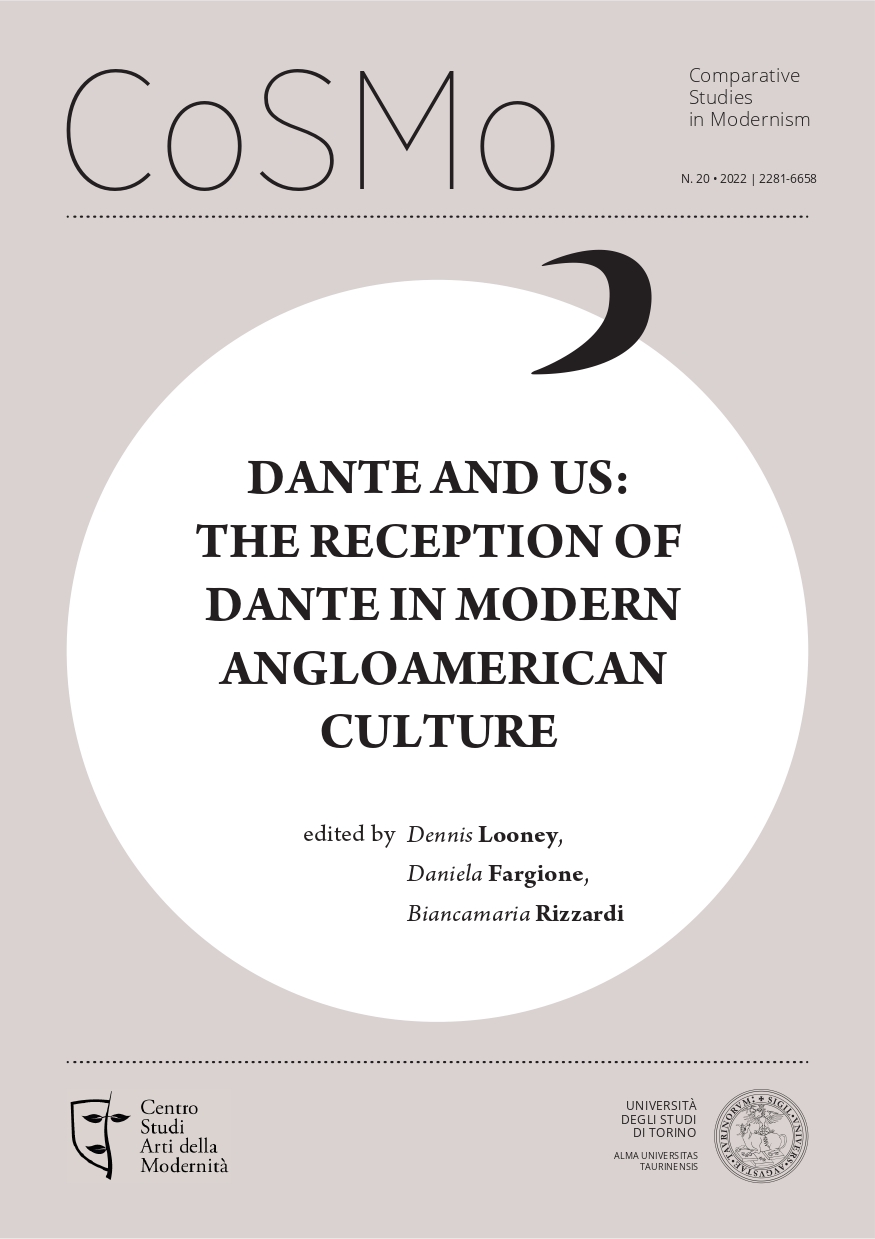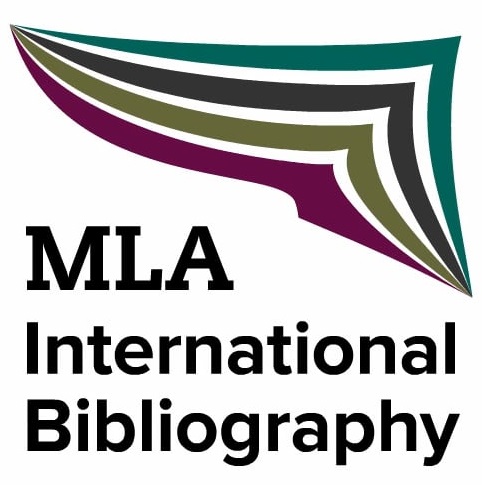A Divine Graphic Comedy
Notes on the History of Dante’s Adaptations in English
Abstract
The Divine Comedy is one of the most famous and timeless narrative poems, being still translated into several languages and inspiring movie adaptations (from Pasolini to Greenaway), pop and rock music, advertisement videogames and graphic novels.The transformations the text has gone through throughout the years reveal several different interpretations of Dante’s work and of its meaning. This essay aims at tracing a history of Dante-based graphic novels in the Anglo-American tradition. Particular attention is devoted to Birk and Sanders’ Dante’s Inferno (2004) and to Seymour Chwast’s graphic novel, Dante’s Divine Comedy (2010), which is the only ‘translation’ into a poster design style. This paper also examines how the Divine Comedy changes migrating from its original context to the contexts that characterized the different adaptations and remediations, and from its original poem form to new genres. It argues that the graphic novel is the genre better able to give to a contemporary reader a new Dante’s Divine Comedy keeping intact the delicate balance between words and imagines (the long history of the Divine Comedy’s illustration testifies it: from Botticelli to Joshua Reynolds, from Gustave Doré, to William Blake until Guttuso, see Battaglia Ricci 2018). Between losses and compensations, the graphic novel establishes a dialogue with its reader on several levels, depending on the expertise of source work and stimulating the reading (or the re-reading) of the classic; in this way they could be considered a strategy of survival of the classic.
Downloads
Gli autori mantengono i diritti sulla loro opera e cedono alla rivista il diritto di prima pubblicazione dell'opera, contemporaneamente licenziata sotto una Licenza Creative Commons - Attribuzione che permette ad altri di condividere l'opera indicando la paternità intellettuale e la prima pubblicazione su questa rivista.








